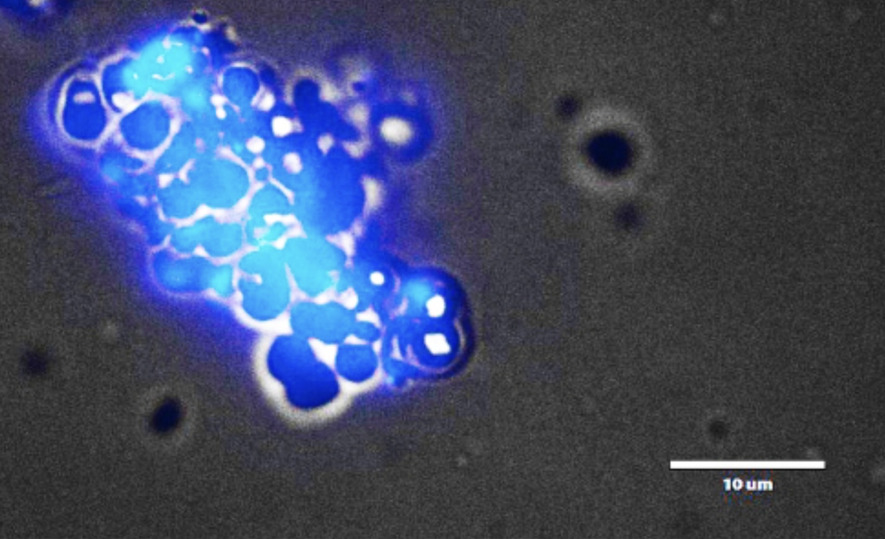A creature was found in the Baksan Neutrino Observatory: it may be similar to aliens
[ad_1]
Russian nuclear scientists have discovered a new type of extremophilic bacteria
A new species of extremophilic bacteria was discovered in the Elbrus region by scientists from the Joint Institute for Nuclear Research together with colleagues from the Institute for Nuclear Research of the Russian Academy of Sciences.
As MK was informed at the INR RAS, a bacterium called Cytobacillus pseudoceanisediminis was isolated from groundwater in an unused part of the adit of the Baksan Neutrino Observatory of the Institute. The bacterium was able to withstand the highest concentrations of heavy metals. In addition, scientists have found that this creature is able to grow and reproduce using compounds that have one carbon atom as food. The so-called one-carbon compounds include carbon dioxide (CO2), methane (CH4), formaldehyde (HCO), potassium cyanide (KCN), etc.
Help “MK”: Baksan Neutrino Observatory (BNO) – a physical observatory for the study of neutrinos, located in the Baksan Gorge of the Caucasus mountain range, under the thickness of Mount Andyrchi.
The bacterium was discovered by biologists from the sector of molecular genetics of the cell of the Laboratory of Nuclear Problems. V.P. Dzhelepov JINR, who took samples from a hot underground source.
In addition to the fact that the bacterium was subjected to chemical analysis, its “taste preferences” were recognized by placing it in a nutrient medium, scientists performed a full genomic sequencing of its DNA. It turned out that there are many genes in this genome that are responsible for metal resistance. Inoculation of the strain of the isolated bacterium on media containing cadmium, zinc, lead, and copper revealed the maximum concentrations of these metals at which the bacterium is able to survive.

Scientists were waiting for an amazing result: their new friend Cytobacillus pseudoceanisediminis surpassed all other species of its kind that are known today in terms of resistance to lead! And this means that the “Baksan” bacterium can be used to clean up soils and wastewater contaminated with this heavy metal.
According to experts from JINR, this is far from the only bacterium that lives in the underground source of the neutrino observatory.
Currently, all “finds” are under investigation. In addition to the fact that these underground dwellers can serve people as ecological reactors that destroy harmful substances, they are model objects for astrobiologists. After all, the conditions in which they survive on Earth may be similar to aliens, and they themselves – to those organisms that may live there.
[ad_2]
Source link








